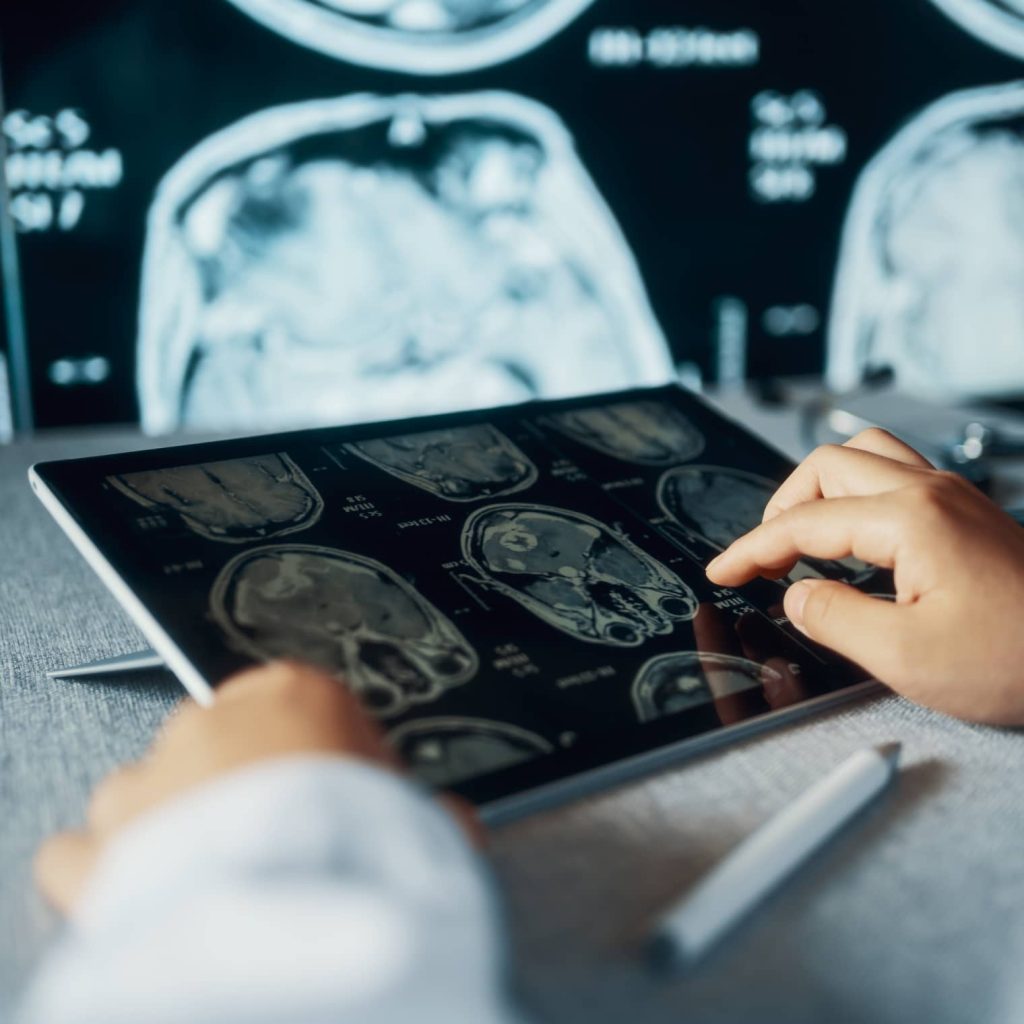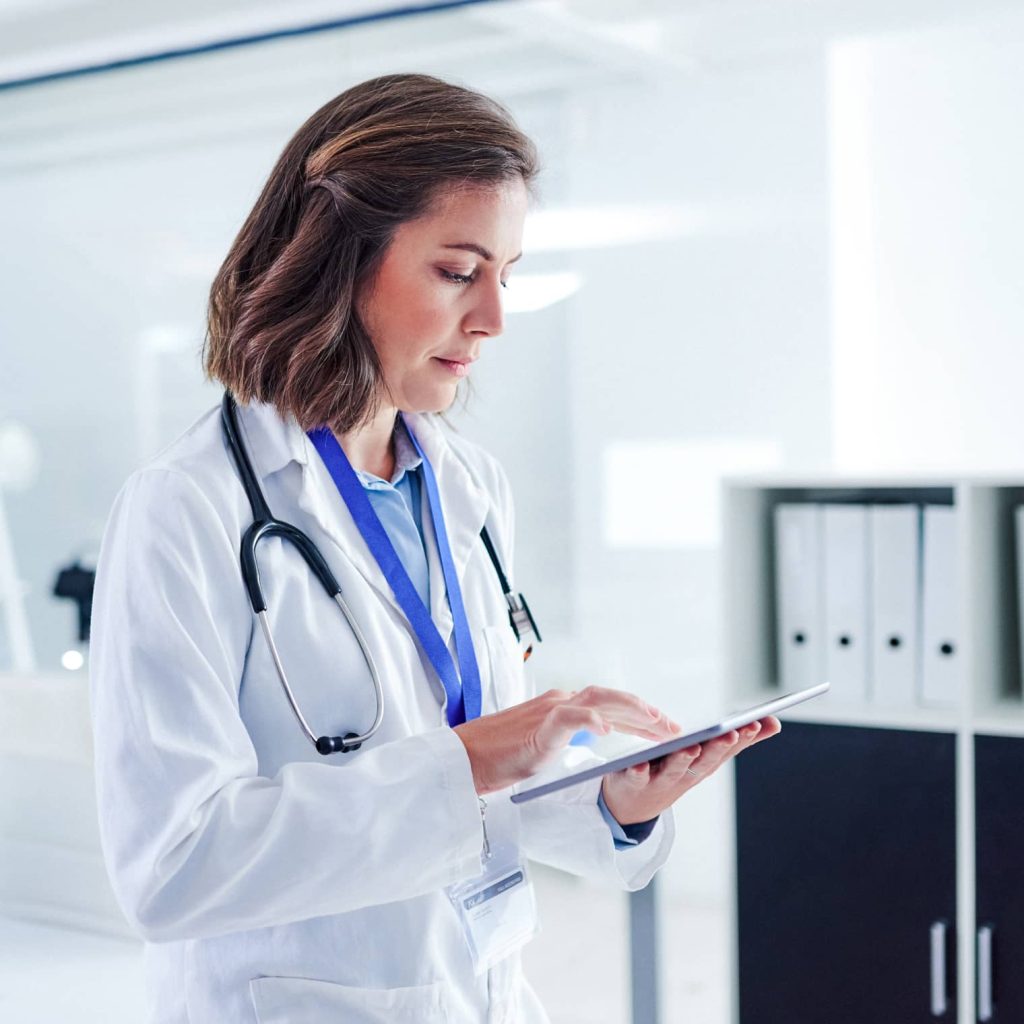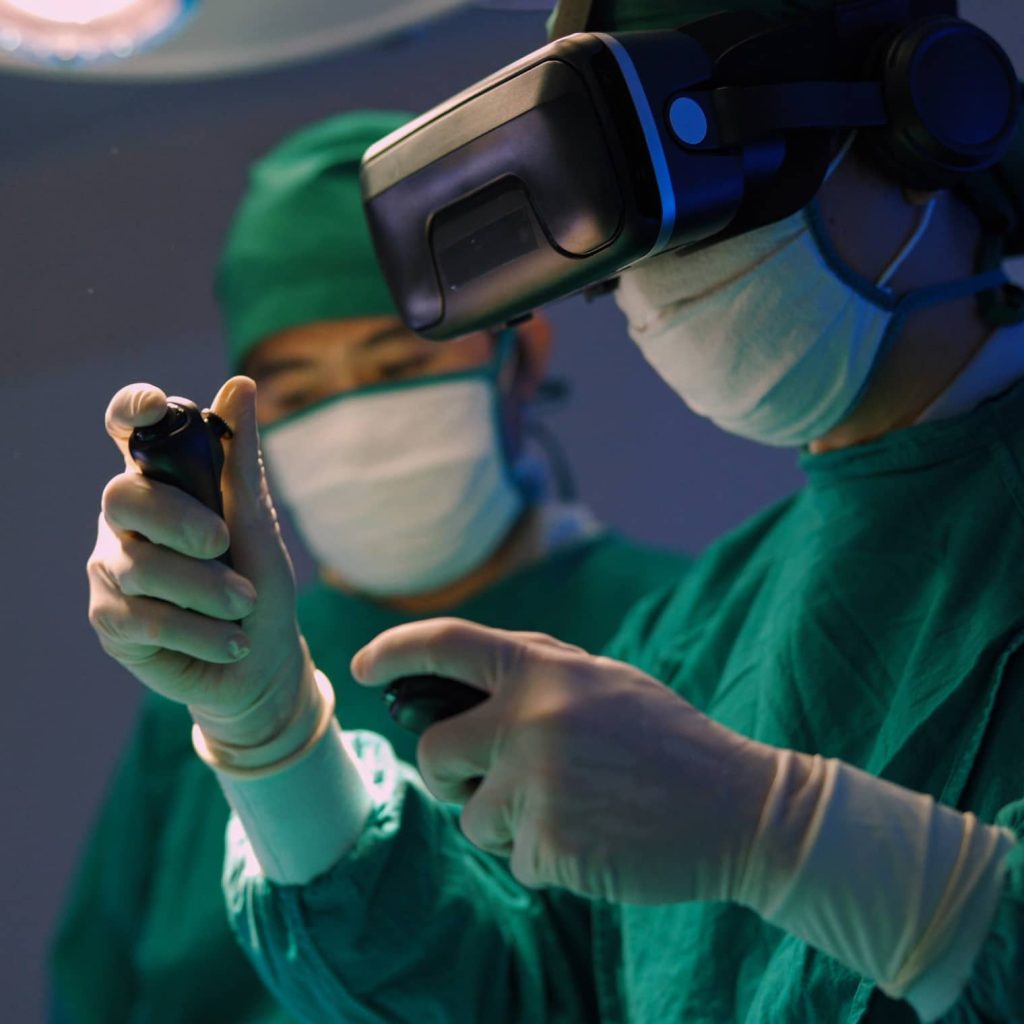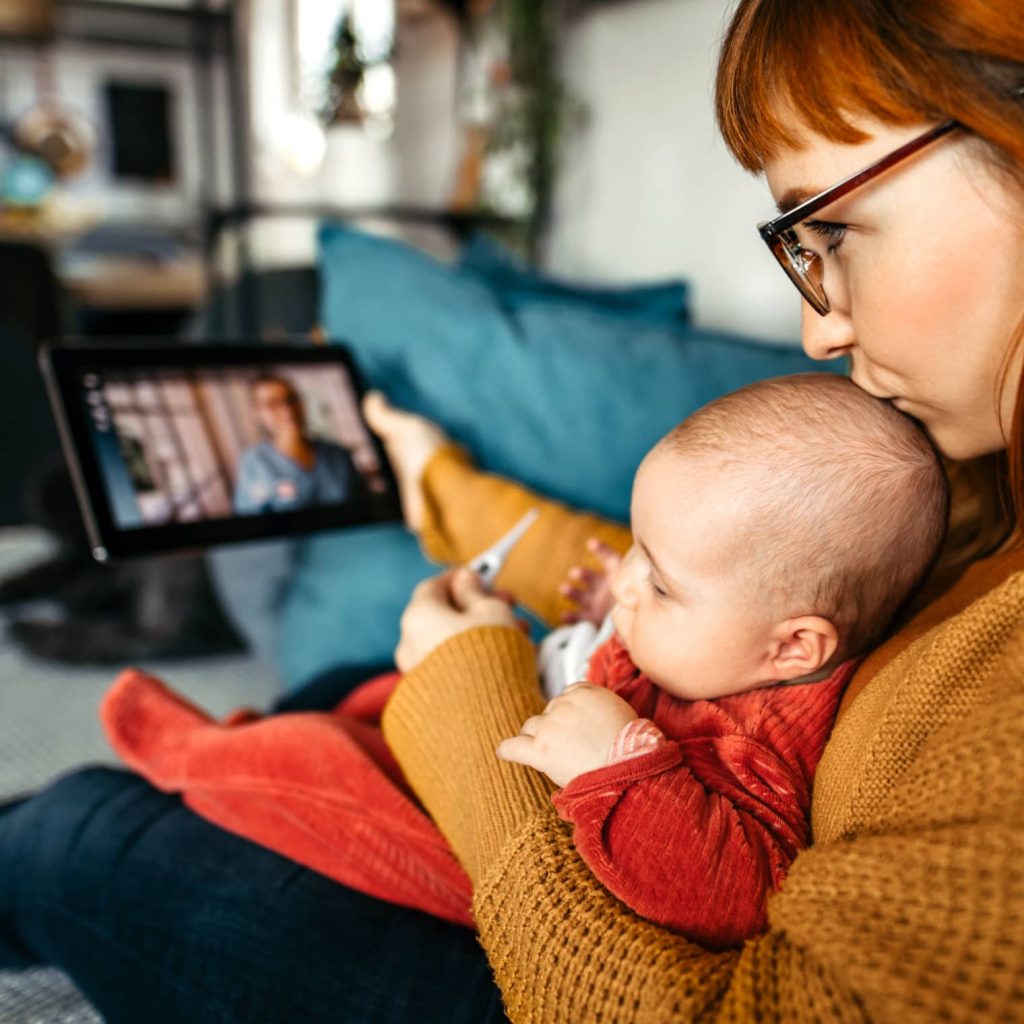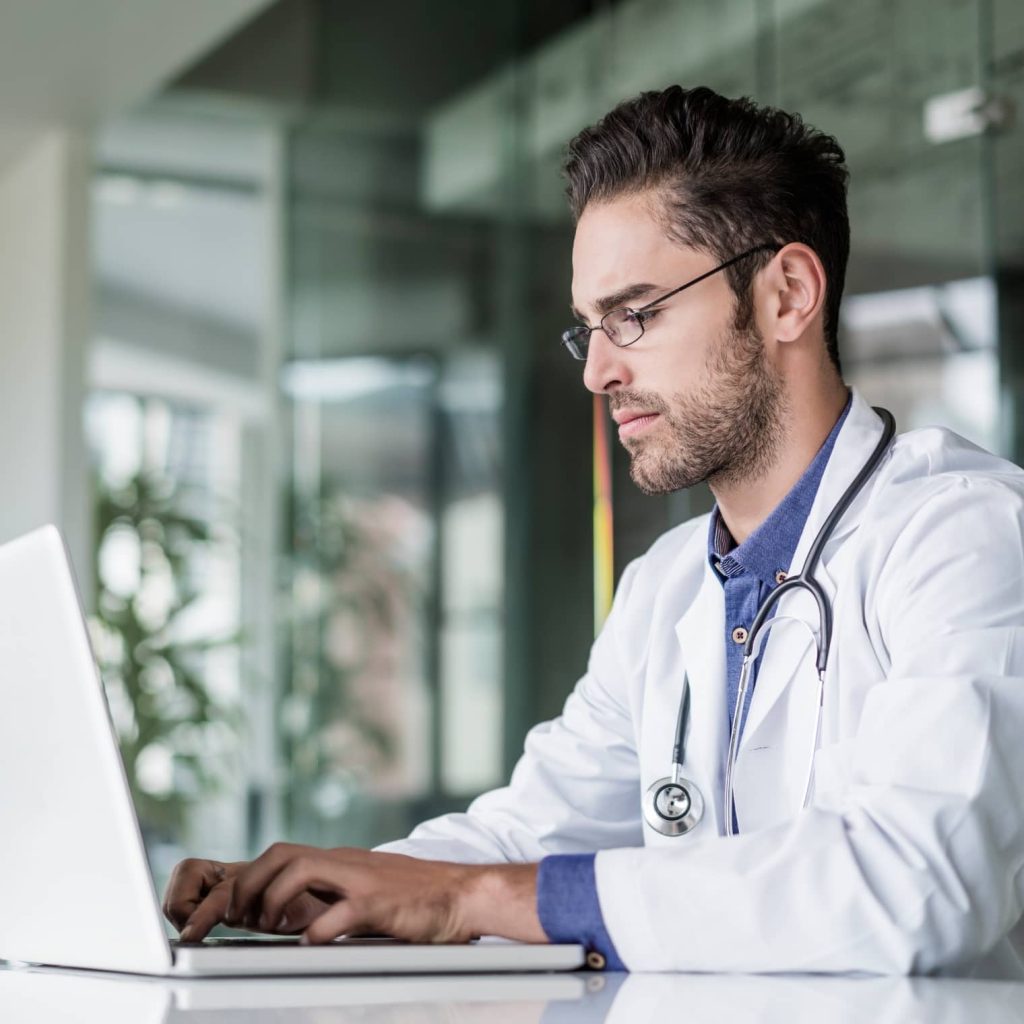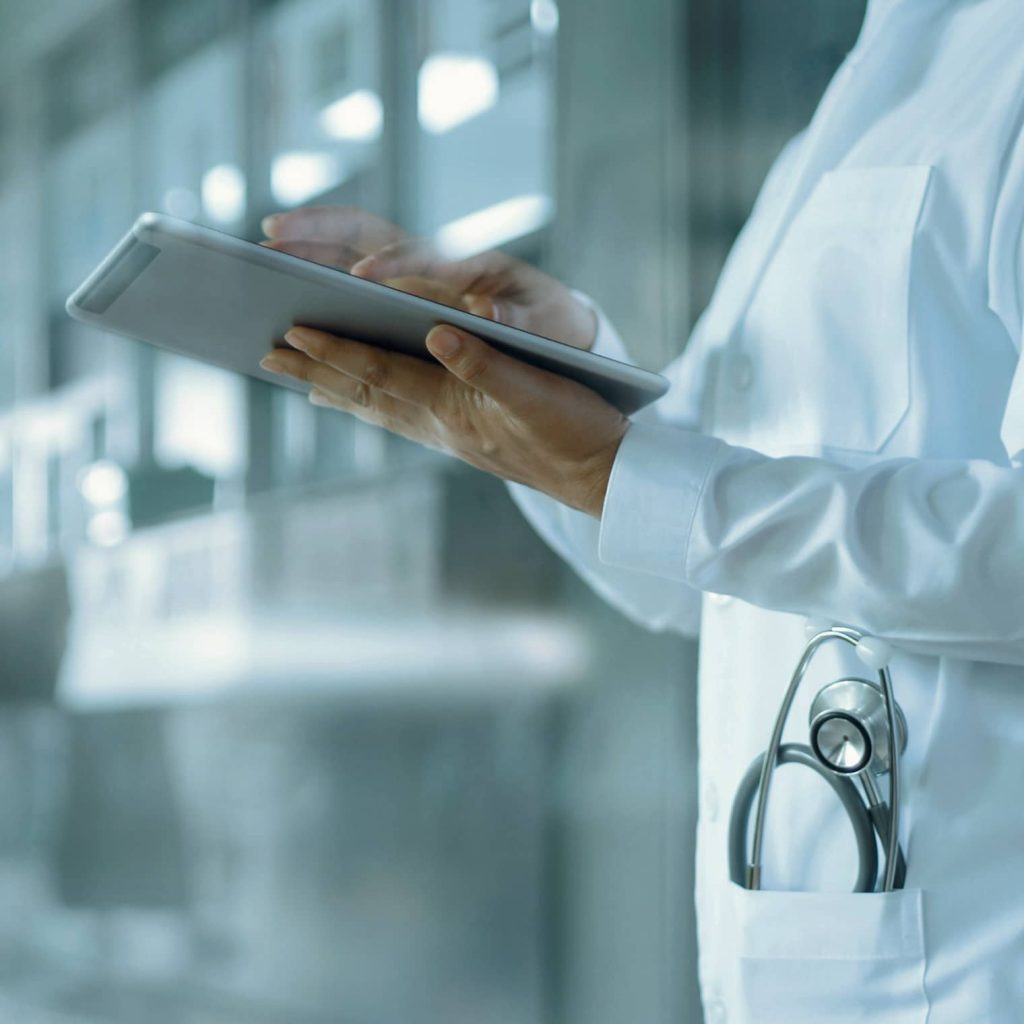The use of telemedicine and telehealth is not new. They have benefited many communities with limited access to medical care. However, during COVID-19, the use of such services has gained fresh momentum. Innovative solutions have helped to address the challenge of person-to-person consultations and grant access to care services.
According to McKinsey, during the pandemic, medical providers have been able to offer remote clinical services via telehealth to 50 to 175 times the number of patients they did before. Mayo Clinic, for example, offers a wide range of telehealth services, from remote reviews of test results to virtual consultations.
Telemedicine vs telehealth: a brief overview
The words ‘telemedicine’ and ‘telehealth’ are often used interchangeably, but this is a common misconception. Let’s take a closer look at each of these terms and define the difference between them.
Telemedicine
Telemedicine refers to the use of telecommunications to provide remote clinical services. Telemedicine technology is often used for real-time two-way communication between the healthcare provider and another provider or patient.
- Provider-to-provider telemedicine: A range of providers, such as physicians and licensed clinical social workers, leverage electronic communications to receive guidance and support, and/or to synchronise with other healthcare providers on case management.
- Client-to-provider telemedicine: This arrangement involves the provision of virtual health services to clients/patients. It can include specialist consultations, follow-up visits, medication management, transfer of medical data and other care services that can be delivered remotely via video and audio connections.
Telehealth
Telehealth is a broader term than telemedicine. It goes beyond the application of electronic and telecommunications technologies solely for the provision of remote clinical services. Telehealth also includes training, administrative meetings and medical education services, among other things. According to the Center for Connected Health Policy, there are four key components of telehealth: live video, store and forward, remote patient monitoring (RPM) and mobile health.
- Live video is also sometimes referred to as video consultations and conferencing because it encompasses real-time two-way interaction between parties via video communication tools. Healthcare practitioners examining a patient or conducting training sessions for viewers in different locations over a live video tool are prime examples of this telemedicine service modality.
- Store and forward includes exchanging medical data, such as texts, pre-recorded videos and X-rays, primary between patients and medical professionals or between clinicians. Such data records are stored before being sent via secure electronic communications. As a result, this type of telemedicine service does not require real-time interaction between the parties. An example is a patient taking a picture of their skin condition and sending it to their doctor for examination.
- RPM enables remote monitoring (whether in real time or not) of a patient’s health condition by gathering data (blood pressure, glucose levels or oxygen saturation) with the help of technological devices. Measurement devices can include digital stethoscopes, connected wearables (smartwatches and wristbands) and many other devices for measuring vital signs.
- Mobile health is characterised by the use of smartphones and tablets for transmitting health data.
Telemedicine vs telehealth: promising technology use cases
The development of digital technologies is an enabling component of remote health services. The top technologies powering telehealth and telemedicine solutions include:
- Artificial intelligence (AI): AI-driven technology can help in making recommendations for a patient’s treatment based on their medical history. It can also suggest the medication that should be taken based on personal monitoring data.
- Internet of Things (IoT): IoT devices grant easy access to data from medical devices. IoT wearables provide round-the-clock monitoring that can help to better manage a patient’s health and track the effectiveness of their treatment.
- AR/VR: Immersive reality can help inexperienced specialists to improve their practical skills. Moreover, with VR’s capabilities to detach a patient from the usual environment, it can create a therapeutic physical space and help to enhance the quality of mental health care.
Key takeaways
The main difference between telemedicine and telehealth lies in the scope of medical services that are offered via telecommunications. Telemedicine refers only to clinical services and exclusively focuses on direct patient care. Beyond clinical services, telehealth also deals with a wider range of educational, administrative and non-clinical healthcare activities.
Choose a technology partner that can check and improve your business's technological readiness and establish a data privacy and security mechanism.
Related Insights
